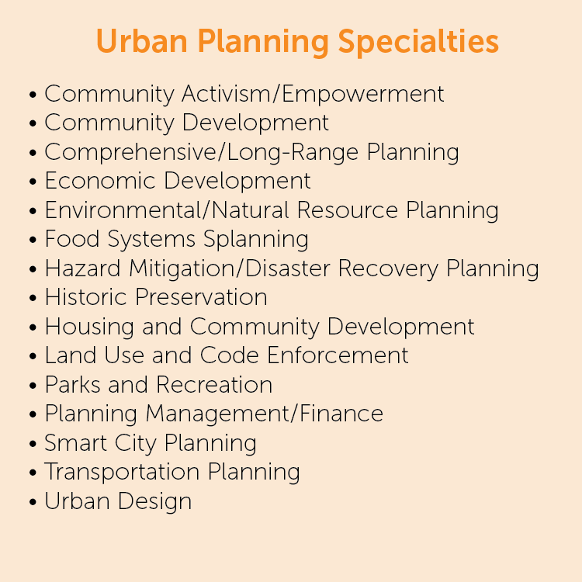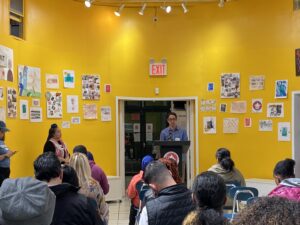There is a common saying that “all cities are similar, but no two cities are the same.” If you stop to think about it, cities have unique qualities which have been strategically planned based on their respective histories and cultural influences, shaping them into what we see today. The concept of developing cities is no accident. Urban planning is ancient history…literally, with practices stemming from Ancient Greece, the Roman Empire, and the civilizations of the Americas which have trickled through generations to modern day planning. While there are many agencies and organizations that contribute to a functioning city, urban planners (in this planner’s opinion) are cornerstones in shaping cities and regions around this world.
What do urban planners do?
So, this leads us to a question those in fieldwork are itching to answer: What do urban planners do?
First, we have to understand what urban planning is in a snapshot. There are design, technical, and political aspects to urban planning that are driven by the cultural and social values of a given area.
To answer our question simply: planners are mainly focused on the interaction between place and people. Studies in this area typically focus on the natural and built environment, sociology, demography, political structures, ecology, economics, policy analysis, history, public health trends, infrastructure, and current events just to name a few.
Urban planners also study previous urban planning trends throughout history. Like in other disciplines, this helps planners understand what was successful, what failed, what can be improved, and what can be invented. Using this foundation, urban planners explore the relationships inherent in their areas of study, consider where and how they intersect, and channel this understanding into improving the composition of a city or region. Growing up in San Antonio, Texas, I was able to see firsthand how the city was shaped by its multilayered cultural history—from Native American, a Spanish colony, Mexican territory, to a city in the Republic of Texas. Today, San Antonio remains a cultural hub, preserving the UNESCO World Heritage Sites, historic architecture, districts, trails, and landmarks while also incorporating modern infrastructure and development.
Where do urban planners work?
Now you might be wondering: Where might you find an urban planner at work? Simply put, urban planners are everywhere. They typically work in government, private, and non-profit sectors. It is common for planners to take on a specialization at some point in their career. Here are some of the fields and industries where you’d most likely catch a planner in action according to the American Planning Association (APA):
As you can see from this list, urban planners apply their expertise to a variety of fields. Depending on their training, a planner may support a city’s financial management division, a private developer’s code compliance team, or an advocacy organization’s outreach efforts. At Public Works, our urban planners wear many hats to meet the needs of our clients. Our planning experience allows us to provide expert insights into public engagement, local hiring and community benefit initiatives, strategic planning, and more. Public Works Partners values the insights and expertise our planners bring to the table. From a management and consulting perspective, planners are ideal to collaborate with as they are able to hone in on the specific details clients request and provide the expertise needed to develop optimal solutions.
Have questions about our urban planning practice? Reach out at info@publicworkspartners.com






 Public Works Partners is a WBE/DBE-certified urban planning and consulting firm. Our expertise lies in creating innovative, equitable, and sustainable solutions to complex problems.
Public Works Partners is a WBE/DBE-certified urban planning and consulting firm. Our expertise lies in creating innovative, equitable, and sustainable solutions to complex problems.